By Mary Meldrum
THE RED AWNINGS, THE ICONIC SIGN WITH THE STAR ON THE TOP. . . SIGH. It closed last year and left a void in the heart of Ferndale and the hearts of many patrons and families. We all miss Como’s!
Opened in 1961 and family-owned for six decades, Como’s had never been publically listed for sale before. Suddenly, the once-popular and always busy Ferndale restaurant and bar was listed on the market for $4 million by the Grego family, after being forced to close in late 2017.
Michigan Restaurant Liquidations and Auctions posted sales of Como’s equipment online in early January 2018. Even the “Como’s Restaurant” sign was up for grabs with booths, pizza ovens, lighting fixtures and other items and decorations.
Closed for good in December of 2017 following a series of closings and health code violations, Como’s now has a new owner. The Peas & Carrots Hospitality group acquired the famed Como’s location in Ferndale at the corner of Woodward and Nine Mile for an undisclosed amount.
Details are few, but good news – the new restaurant group, consisting of Chef Zack Sklar, Jim Bellinson and Josh Humphrey, plan to retain the formerly family-owned Italian restaurant’s “Como’s” name and well-known pizza-centric cuisine.
Como’s will mark Peas & Carrots’ 13th restaurant opening in six years. You might recognize some of their other restaurants, such as Social Kitchen & Bar in Birmingham and Grand Rapids, and Mex in Bloomfield Hills and Great Lakes Crossing. Peas & Carrots Regional Manager Michael Gray is a Ferndale resident, and is looking forward to taking the lead in the newest venture for the busy restaurant group.
With an eye on Ferndale’s unique downtown profile, Peas & Carrots Hospitality is looking to create an upbeat restaurant with a lively bar crowd and thoughtful Italian comfort food. With the unrelenting crowds pulsing past the Woodward and Nine Mile corner, the new Como’s has a lot to look forward to when it opens its doors, and Ferndale visitors and residents will fill the restaurant once again.
Owner and Chef, Zack Sklar, who graduated from the prestigious Culinary Institute of America, says “Ferndale is socially liberal, inviting, and aligns with our company’s mission of acting as a melting pot for an eclectic group of people. We love that Ferndale wants to remain Ferndale and values those family-owned style restaurants. Even as we have grown, we’ve managed to retain that sense of belonging, and we know that Peas & Carrots Hospitality is a great fit for the Ferndale neighborhood.”
Como’s 8,000 square foot location is slated to undergo a full renovation before its big debut sometime in 2019. Known for their large covered outdoor patio, they plan to preserve the ample indoor and outdoor seating space for the restaurant. The upper level of the building will serve as the Peas & Carrots Hospitality home office.
The new owners promise that when Como’s reopens, alongside the traditional Italian cuisine will be a generous offering of beers on tap. That sounds like a warm invitation to visit Como’s!

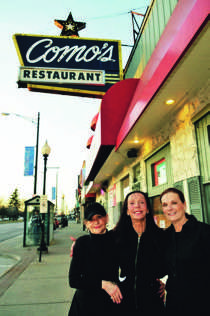
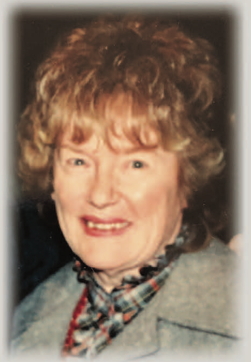
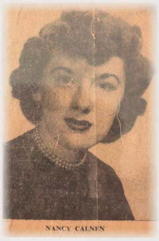 congressional staffer, secretary to a governor, and finally, the position from which she retired, Court Administrator at the 43rd District Court in Madison Heights. She also served as campaign treasurer for a number of political campaigns, and was a long-time member of the Ferndale Library Board.
congressional staffer, secretary to a governor, and finally, the position from which she retired, Court Administrator at the 43rd District Court in Madison Heights. She also served as campaign treasurer for a number of political campaigns, and was a long-time member of the Ferndale Library Board.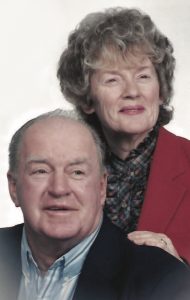 shares her son, Michael Lennon. As she aged, this impatience haunted her. Michael reports that if she called and asked you to do something that you couldn’t do immediately, she would simply attempt to do it herself. “In the last few years and on two separate occasions, this impatience resulted in a TV and then a window air conditioner falling on this woman in her late ’70s who didn’t weigh 100 pounds.”
shares her son, Michael Lennon. As she aged, this impatience haunted her. Michael reports that if she called and asked you to do something that you couldn’t do immediately, she would simply attempt to do it herself. “In the last few years and on two separate occasions, this impatience resulted in a TV and then a window air conditioner falling on this woman in her late ’70s who didn’t weigh 100 pounds.”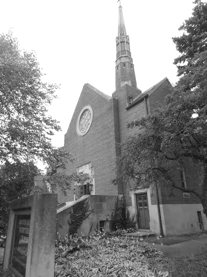
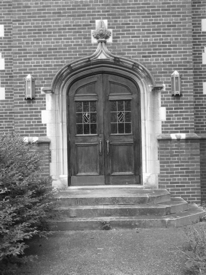 be close to our grandchildren.” Towell described how she and partner Richard Christensen knew they’d be in the neighborhood for many years and immediately started renovating, creating their dream home. “We’ve put a lot into our house, invested a lot,” she said.
be close to our grandchildren.” Towell described how she and partner Richard Christensen knew they’d be in the neighborhood for many years and immediately started renovating, creating their dream home. “We’ve put a lot into our house, invested a lot,” she said.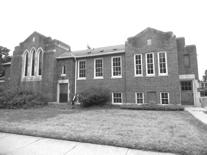 about our property value?
about our property value?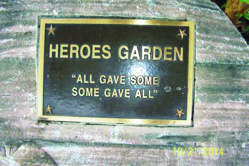
 with the garden, she saw its potential and was sad to see it had fallen into disarray. She and Gordon reached out to the community. There were volunteers but more help was needed, so Jackson took it to the City Council. Once she connected to the Council’s Dan Martin she knew help was on the way, but the real moment of joy came when Carlos Kennedy of the Department of Public Works called to tell her they’d designated 10 workers to the project. One of the DPW team lived in the neighborhood and had seen her working in the garden, and mentioned to his co-workers that there was “a lady out there pulling weeds.” They were happy to help.
with the garden, she saw its potential and was sad to see it had fallen into disarray. She and Gordon reached out to the community. There were volunteers but more help was needed, so Jackson took it to the City Council. Once she connected to the Council’s Dan Martin she knew help was on the way, but the real moment of joy came when Carlos Kennedy of the Department of Public Works called to tell her they’d designated 10 workers to the project. One of the DPW team lived in the neighborhood and had seen her working in the garden, and mentioned to his co-workers that there was “a lady out there pulling weeds.” They were happy to help.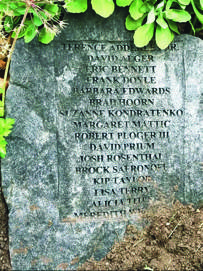 celebrate the work and remember the heroes honored by the words ”All Gave Some, Some Gave All.”
celebrate the work and remember the heroes honored by the words ”All Gave Some, Some Gave All.”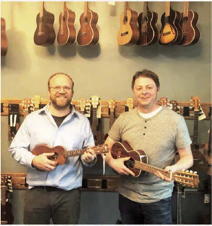
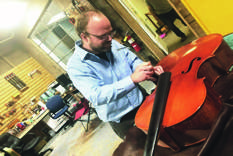 here – I found a passion for it and I never looked back. I started making instruments out of my house 11 years ago, while I was working there.”
here – I found a passion for it and I never looked back. I started making instruments out of my house 11 years ago, while I was working there.” pairs and accessories was growing. Moving to a brick-and-mortar location was natural. And Ferndale was a perfect for them.
pairs and accessories was growing. Moving to a brick-and-mortar location was natural. And Ferndale was a perfect for them.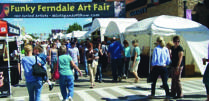

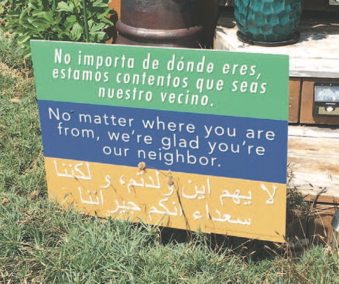
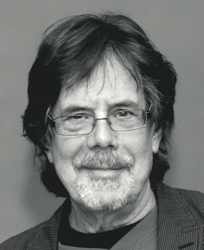 ACROSS THE CITIES SERVED BY FERNDALE FRIENDS, lawn signs are displayed welcoming immigrants to our communities. What they proclaim are an echo of he familiar words mounted on the base of the Statue of Liberty—“Give me your tired, your poor. . .”
ACROSS THE CITIES SERVED BY FERNDALE FRIENDS, lawn signs are displayed welcoming immigrants to our communities. What they proclaim are an echo of he familiar words mounted on the base of the Statue of Liberty—“Give me your tired, your poor. . .”
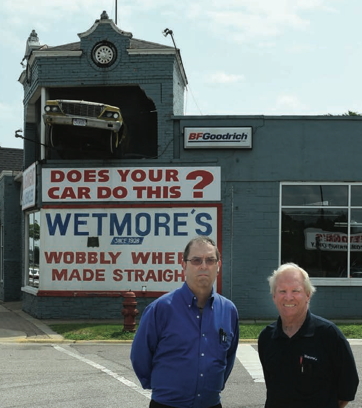
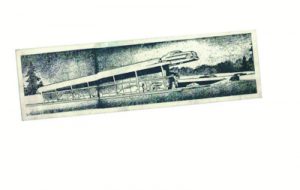 ncluded a car flying off the roof. The office area was built to Wright’s designs; however, the rest of the plans were discarded after disagreements between Wright and Wetmore.
ncluded a car flying off the roof. The office area was built to Wright’s designs; however, the rest of the plans were discarded after disagreements between Wright and Wetmore.